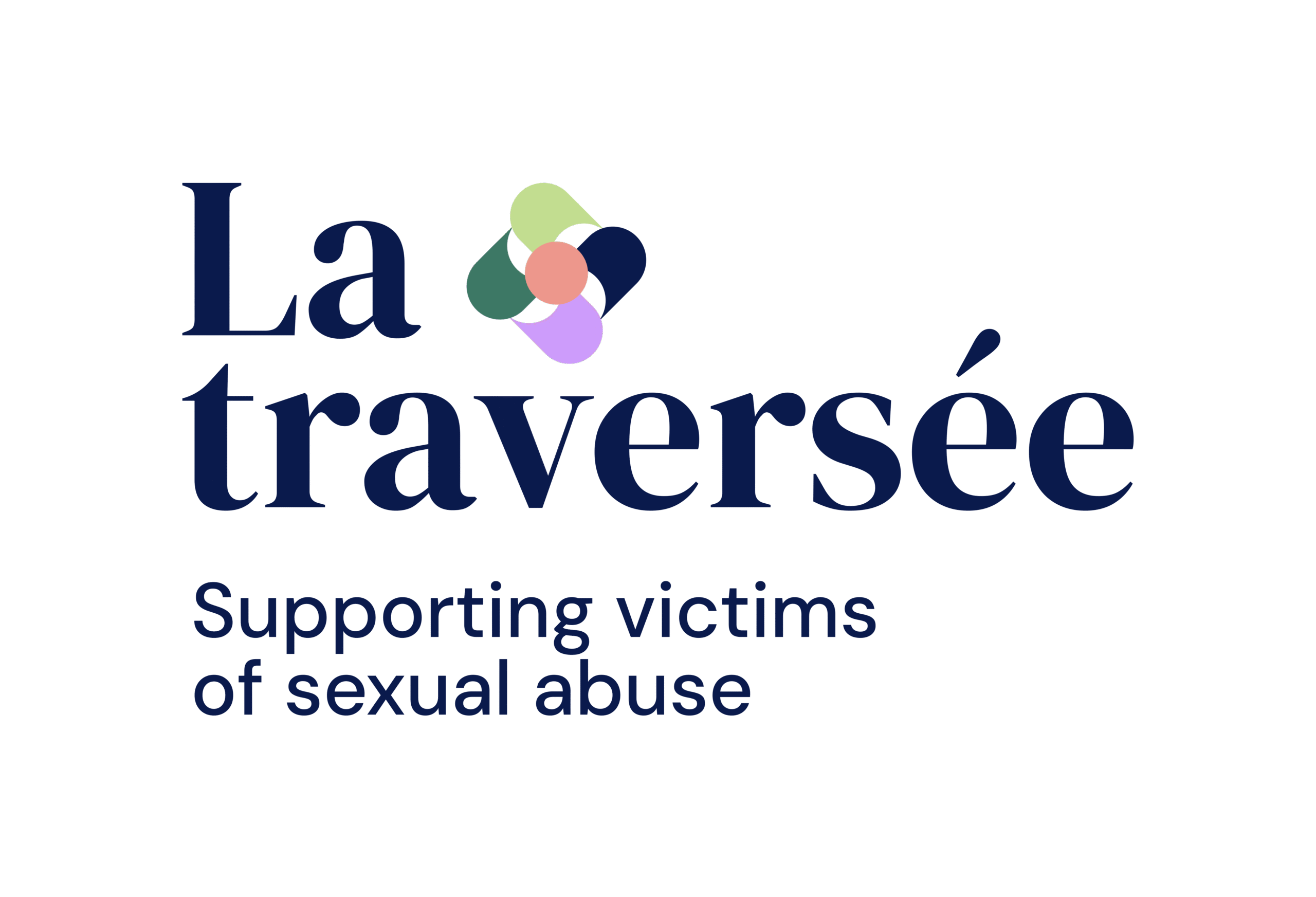Why is it that one person can quickly recover from a car accident, while another experiences a panic attack at the mere thought of driving again? “Trauma isn’t the event itself—it’s how we perceive it, the feeling of helplessness, and the fear of dying,” explains Hélène Latrille, psychologist and Director of Clinical Services at La Traversée. When traumatic experiences happen early in life—especially in cases of sexual violence—they tend to leave deeper scars. Here’s why.
Single-incident trauma: Recovering after a one-time event
A sudden event that threatens someone’s physical or emotional integrity can become traumatic and trigger symptoms of post-traumatic stress. These might include flashbacks, nightmares, avoidance of reminders, hypervigilance, and intense emotional distress.
There are several effective therapies, but for recent and isolated events, approaches based on storytelling and exposure are often prioritized. “Trauma is an experience of senselessness that hasn’t been processed by the brain,” says Hélène Latrille. “Helping someone put their experience into words allows them to make sense of what happened and start to heal.
Complex trauma: When harm is repeated and long-lasting
As the name suggests, complex trauma is more complicated to treat. Survivors of sexual violence may have endured prolonged and repeated abuse during childhood, often at the hands of someone close who broke their trust. “These experiences shape development,” explains Latrille. “The child’s brain doesn’t focus on play or exploring the world—it’s focused on survival.
A careful and patient approach
Complex trauma often becomes embedded in a person’s very identity. It’s not just something that happened—it’s part of their lived experience.
Research supports a phased, three-step treatment model to help survivors regain control:
- Establishing safety and stabilization. This begins with building a relationship of trust—essential for someone who has been deeply hurt in the past. The next steps involve helping the person become more aware of their current reality, recognize danger, and develop strategies to stay safe. “Someone who experienced abuse throughout childhood may have a very high tolerance for violence, putting them at risk of revictimization,” notes Latrille. This phase also focuses on emotional self-regulation. For many, this first stage is the longest.
- Processing traumatic memories. Integration of traumatic experiences happens slowly, at the person’s own pace.
- Rebuilding life. This final stage focuses on helping the person reconnect with their sense of self and develop the social skills needed for healthy, meaningful, and lasting relationships.
It’s never too late
Healing has no age limit. With support from the multidisciplinary team at La Traversée, some survivors of childhood sexual violence have come forward more than 70 years after the abuse occurred. “It’s never too late to heal and reclaim a fulfilling life,” says Hélène Latrille.
Are you living with the effects of sexual trauma? Or do you know someone who might need help?
Call us at 450-465-5263 or email [email protected] to access free, confidential, and compassionate professional support. No matter your age or gender identity, La Traversée is here for you.If you live outside the Montérégie region, visit sexualviolencehelpline.ca for psychosocial guidance and to find support resources in your area.

